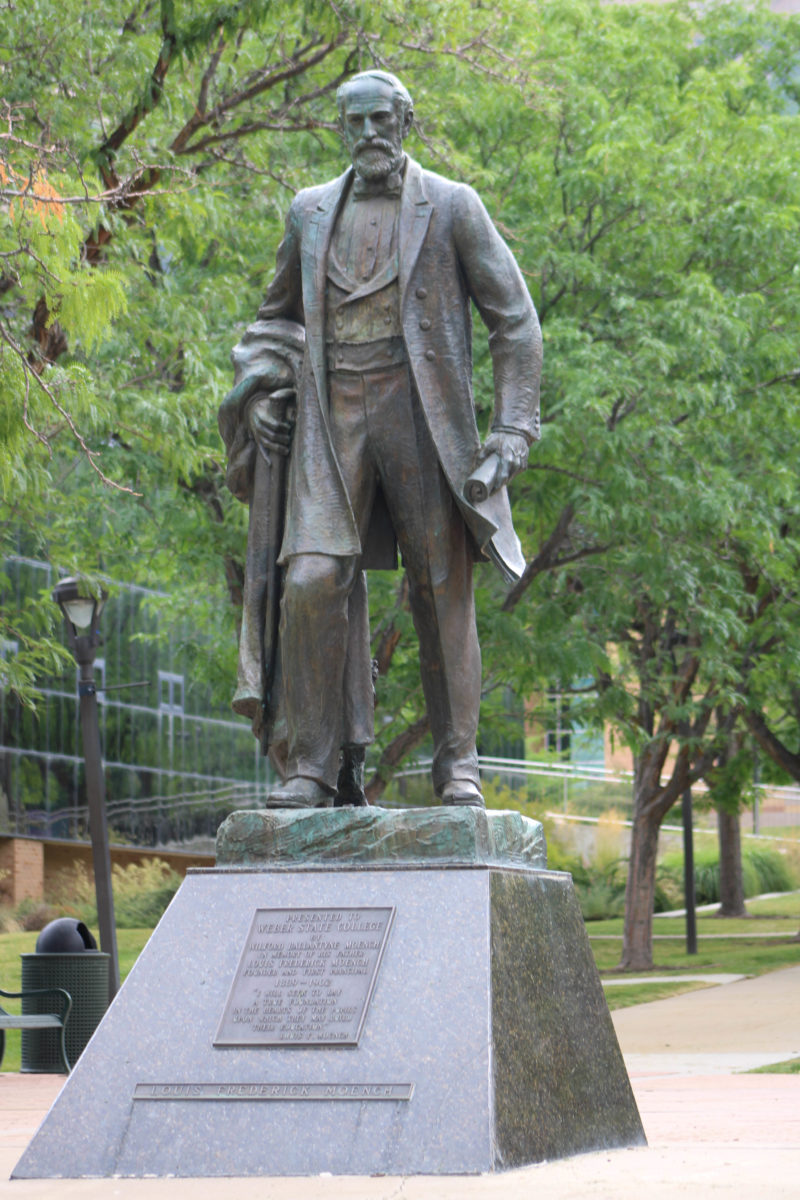If I asked you to tell me the difference between a lion and a cheetah, could you tell me? Of course you could. A child could draw a distinction between these two animals.
But what if I asked you to tell me the difference between a gibbon and a bonobo or between a Capuchin and a tarsier? Could you describe the difference (without reaching like a gunslinger for your smartphone to Google it)?
If you find it difficult to answer this question, don’t worry. You’re in the majority. But the reason might surprise you. There is something sinister behind what may seem rather trivial.
In countries across the world, including the United States, fundamentalist religious organizations have done all within their power to keep young minds away from modern evolutionary synthesis: microevolution (genetic mutation, inheritance and natural selection) joined with macroevolution (the divergence between species). It was certainly kept away from me.
When I was about 10 or 11 years old, I was fascinated with fossils. “Jurassic Park” was a big deal then, and I would tell any adult kind enough to listen to me about Spinosaurus aegyptiacus or Plesiosaurus dolichodeirus — in what must have been insufferable detail.
But if someone would have asked me what I knew about Homo erectus or Australopithecus, I would have stared at them blankly, like a dog just shown a card trick.

This is because scriptural literalists had nothing to worry about when I learned about lions or cheetahs or about the bones of a 15-meter-long lizard. I would never have made any connection between those animals and myself. I would never have imagined that we were distantly related.
But the same couldn’t have been said if any discussion of primates would have been emphasized. The resemblance is unmistakable, even to a child — and only metaphysical insecurity can lead one to ignore the likeness.
Make no mistake that members of fundamentalist religious groups all across America have campaigned against any discussion of other living primates and the fossils of our earliest common ancestors in public schools.
To them, the data are a lethal threat to literal interpretations of the classical world religions’ scriptures. And they’re wise to recognize just how big a threat it is.
Researchers today date our progenitors’ fossils using what’s known as the molecular clock, a radiometric technique that measures rates of molecular decay — of isotopes which degrade with the consistency of a Swiss quartz watch — with approximately a 2 percent to 5 percent margin of error. This method has so far yielded a model that places the first appearance of what was distinctly human circa 6 million years before the Bible, the Torah or the Qur’an were written.

We know so much about our common ancestors now that we can clearly envision, with a fair amount of accuracy, what they looked like, how they behaved and what their environments were like. This is thanks to a very rare breed of researcher, one who bridges the gap between the biological and geological sciences: paleontologists, specifically paleoanthropologists.

They, along with geneticists, have amassed infinitely more empirical data on evolution than physicists have on gravity, which, until September of last year, had never before been truly measured. Paleontologists have been studying fossils for nearly two centuries, and the field of paleoanthropology has been incredibly productive over the last three decades.

The field has even yielded sociological and political implications as well, like the American Anthropological Association’s statement on race, which declares that race is an illegitimate social construct devoid of any foundation in biology whatsoever and that there only exists a continuum of human variation. In a nation tearing at the seams along racial boundaries, a wider understanding of the evidence supporting this statement could be a crucial remedy.
But the vast majority of American citizens today aren’t exposed to this information until college at the earliest. In the 1980s, the evangelical creationist movement hit its second major stride and dredged up the same crusade fundamentalist Christian organizations launched in the 1920s, one of the first times evolution had been controversial since Darwin’s initial proposal. Unfortunately, the creationists’ movement of the ’80s continues to infected America’s science curriculum.
Today, even when evolution is introduced, it’s presented alongside intelligent design as an alternative — which is theology in disguise, and it cannot continue to be presented to America’s youth in the context of genuine science.
By the time these individuals are presented with information concerning serious evolutionary theory, often decades later, their worldviews are already established, and the cognitive dissonance that results practically guarantees that the information will be rejected — or at the very least forced into some kind of consolidation alongside religion.
And this is precisely the desired effect of those who campaigned against evolution being taught in public schools. In fundamentalist theology’s war against evolutionary science, they currently hold the upper hand in America.
It is unacceptable for rational members of the public to remain silent while the nation’s public school curricula continue to be contaminated by pseudoscience and damaged by the willful omission of legitimate data with social, philosophical, medical and political implications.















